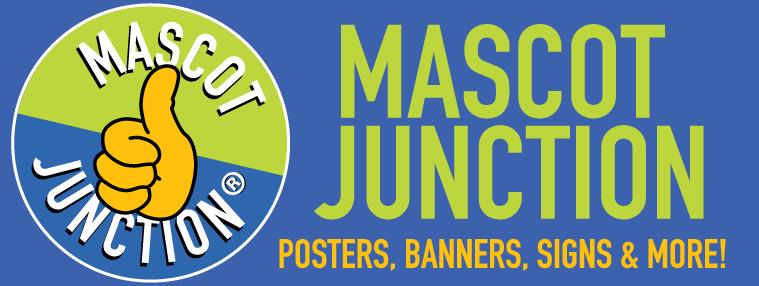Cartoon characters have been used in advertising for more than a hundred years, and they won’t be going away any time soon. They are quite possibly the most powerful and versatile marketing tools ever invented. Don’t scoff – think about it. How hard would it be to sell a virtual commodity like bread dough if Pillsbury didn’t have the Doughboy? Do you think the Minnesota Canning Company would be anywhere as successful today without the Jolly Green Giant? Sure, M&Ms “melt in your mouth and not in your hands” is one of the great slogans of all times, but would the candy be such a big part of our culture if it weren’t for the endearing charms and misadventures of the M&M characters? Or would they sit on the crowded candy rack of QuickTrip stores, lost in a jumble of colorful packages?
Cartoon characters, or brand mascots as I prefer to call them, do the impossible. In very mature markets, under incredible competitive pressures, where it is hard to tell one product or service from another, they enable you to differentiate. They give you a way to be unique in markets when it’s hard to do it with features, benefits, service or price.
How hard is it to differentiate in bread dough, vegetables or candy? For that matter, what about service industries like insurance (AFLAC duck, Snoopy, Gieco Gecko)? When all else fails, marketers turn to brand mascots because they work. Face it, what could be harder to sell than insurance?
So what is it about brand mascots that make them so powerful? Personality is one reason. People tend to do business with entities they trust and LIKE. In today’s hustle-bustle world, there’s not as much time for a salesperson to develop a relationship with a customer for the sake of a sale. People are on the move and won’t sit still long enough, but they can still catch a glance at a familiar smiling face that takes them to a happy place if only for a nanosecond. For that brief instant, they can experience the comfort and gratitude they feel from doing business with a trusted friend – the familiar brand mascot.
Eye contact also has a surprising affect on people. If someone is staring at you from across the room, you’ll sense it, and soon turn around and look. Brand mascots make that kind of eye contact. They are a smiling, friendly face looking straight at you. It’s against all your human nature to ignore it.
Smiles also have a magical affect on people. Try this sometime. If you are feeling blue, force yourself smile for 30 seconds. See if it doesn’t lift your spirits. Next time you walk by a perfect stranger, stair them straight in the face and give them your best smile. I guarantee, you’ll get one back 99% of the time. It’s amazing.
I learned how well this worked quite a few years ago when a friend asked me to dress up like Santa Claus for his photo booth at a shopping mall. I loved it! I soon discovered everyone who looked at me lit up with a smile as soon as I said “ho ho ho, Merry Christmas” and waved a friendly wave. It was irresistible! I decide to take it for a test drive. I actually walked out on the street and hunted down the grumpiest people I could find just to see if I could eek a smile out of them. It never failed. A genuine smile and acknowledgment from a familiar face gets the job done every time.
The ability to talk is a tremendous asset as well. What other marketing tool does that? A brand mascot can tell your company, product or service’s story. It can demonstrate and educate. It can be the voice of your company and reflect your culture. It can articulate in terms your target audience identifies with. It can be charming, endearing and likable.
Even if your brand mascot is not animated, it can still talk with a cartoon bubble. And what the cartoon character says is generally the most read part of any advertisement. Try this test. Take one of your old ads and plop a cartoon character into it, and put the headline inside a cartoon bubble. Show both versions around your office and ask which one is most likely to get read. People tend to tune out ads, but still want to hear what a cartoon character has to say.
The ironic aspect of cartoon brand mascots is that, although they’ve been a staple of the advertising industry for more than 100 years, a phrase or term to describe them has never taken root in the marketing lexicon. I use “brand mascot,” but other use “advertising icon” or simply “cartoon character.” I suppose “spokesperson” might work but “spokescharacter” or “spokesmascot” would be more accurate. Right in my hometown of Kansas City, there is the Advertising Icon museum that is dedicated to these little fellows, but I can’t get on board with the term “icon” because I think it’s too static. It evokes the image of a simplified graphic like the universal stickmen used in the sign industry. I see these cartoon characters as being much more rich and three-dimensional. I can’t put the Lucky Charm Leprechaun beside a stick man and call them cousins. But alas, I’m allowing my affection for this life form to seep into my message.
